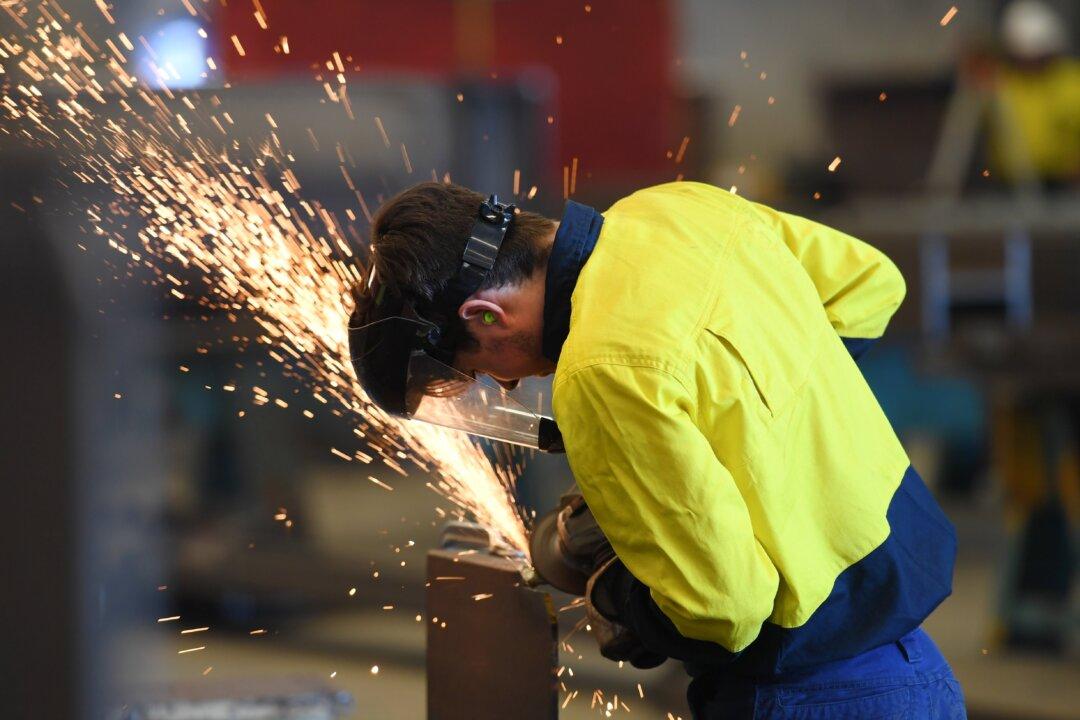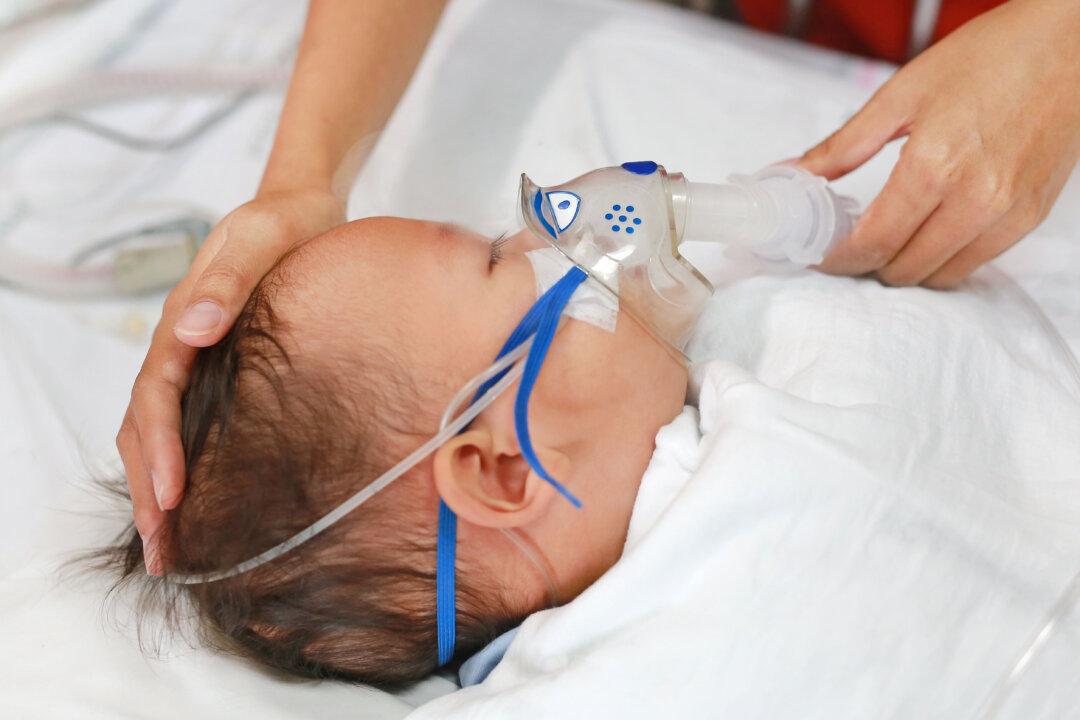Nine out of 10 Australians with knee osteoarthritis could avoid surgery through targeted exercise programs, potentially saving taxpayers billions of dollars as knee replacement costs spiral toward $5.32 billion by the decade’s end.
In a Journal of the American Medical Association (JAMA) study published last month, researchers analysed the cost benefits for patients with knee osteoarthritis who undertook physiotherapy management and compared that to knee replacement surgery.





